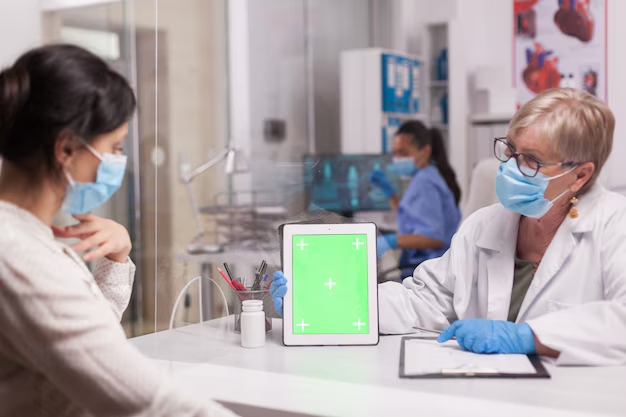Health Information Technology (Health IT) is revolutionizing the healthcare industry by improving the way medical data is managed, accessed, and shared. It encompasses a variety of tools and systems that streamline healthcare delivery, enhance patient outcomes, and ensure the secure handling of health information. In this article, we’ll explore what Health IT entails and why it plays a critical role in modern healthcare.
1. What Is Health Information Technology?
Definition of Health IT
Health Information Technology refers to the use of information systems, software, and technology to manage and exchange healthcare information. It enables healthcare providers, patients, and other stakeholders to access and use data more efficiently.
Key Components of Health IT
Health IT includes several tools and systems, such as:
- Electronic Health Records (EHRs): Digital versions of patient medical histories.
- Telemedicine Platforms: Systems for remote consultations and care delivery.
- Health Information Exchanges (HIEs): Platforms for sharing medical data across organizations.
- Wearable Health Devices: Gadgets that track vital signs and provide real-time data.
2. Importance of Health Information Technology
Enhancing Patient Care
Health IT improves the accuracy and accessibility of patient data, enabling healthcare providers to make better-informed decisions. For example:
- Immediate access to EHRs ensures that doctors have a complete view of a patient’s medical history.
- Data analytics tools help predict health risks and personalize treatments.
Streamlining Healthcare Operations
By automating administrative tasks like appointment scheduling, billing, and patient follow-ups, Health IT reduces errors and saves time for healthcare providers.
Supporting Public Health Initiatives
Health IT systems aggregate data that can be analyzed to track disease outbreaks, monitor public health trends, and develop preventive strategies.
3. Benefits of Health IT

Improved Communication
Health IT facilitates seamless communication between healthcare providers and patients. Tools like patient portals and telemedicine apps enhance interaction and ensure timely care.
Enhanced Data Security
Modern Health IT systems implement robust security measures, such as encryption and access controls, to protect sensitive medical information.
Cost Efficiency
By reducing paperwork, improving efficiency, and minimizing errors, Health IT helps lower operational costs for healthcare facilities while improving service quality.
4. Challenges in Health IT
Data Privacy Concerns
Managing sensitive health information requires strict compliance with regulations like HIPAA. Breaches can have severe consequences for patients and healthcare providers.
Interoperability Issues
Different Health IT systems often struggle to communicate effectively, making it challenging to share data across platforms.
Implementation Costs
The upfront investment for adopting Health IT systems can be high, especially for smaller healthcare providers.
5. Future of Health IT
Integration of Artificial Intelligence
AI-powered Health IT tools will further improve diagnostics, predictive analytics, and personalized medicine.
Blockchain for Data Security
Blockchain technology is being explored as a solution for creating tamper-proof medical records and improving data transparency.
Expansion of Telemedicine
Telemedicine adoption is expected to grow, with advancements in virtual reality and remote monitoring devices enhancing remote care capabilities.
Conclusion
Health Information Technology is a cornerstone of modern healthcare, providing tools and systems that enhance patient care, streamline operations, and support public health efforts. Despite challenges like data privacy concerns and implementation costs, its benefits far outweigh the drawbacks. As technology continues to advance, Health IT will play an even greater role in shaping the future of healthcare, ensuring that patients receive better, faster, and more personalized care.
FAQs
Q1: What is the purpose of Health Information Technology?
A1: The purpose of Health IT is to improve healthcare delivery by managing, storing, and sharing health information efficiently and securely.
Q2: How does Health IT benefit patients?
A2: Health IT benefits patients by ensuring accurate medical records, enabling faster diagnoses, and facilitating communication with healthcare providers through telemedicine and patient portals.
Q3: What are some common examples of Health IT?
A3: Common examples include Electronic Health Records (EHRs), telemedicine platforms, wearable health devices, and Health Information Exchanges (HIEs).
Q4: What challenges does Health IT face?
A4: Key challenges include data privacy concerns, interoperability issues between systems, and high implementation costs.
Q5: What is the future of Health IT?
A5: The future of Health IT includes advancements in AI for personalized medicine, blockchain for secure data management, and the expansion of telemedicine services.


